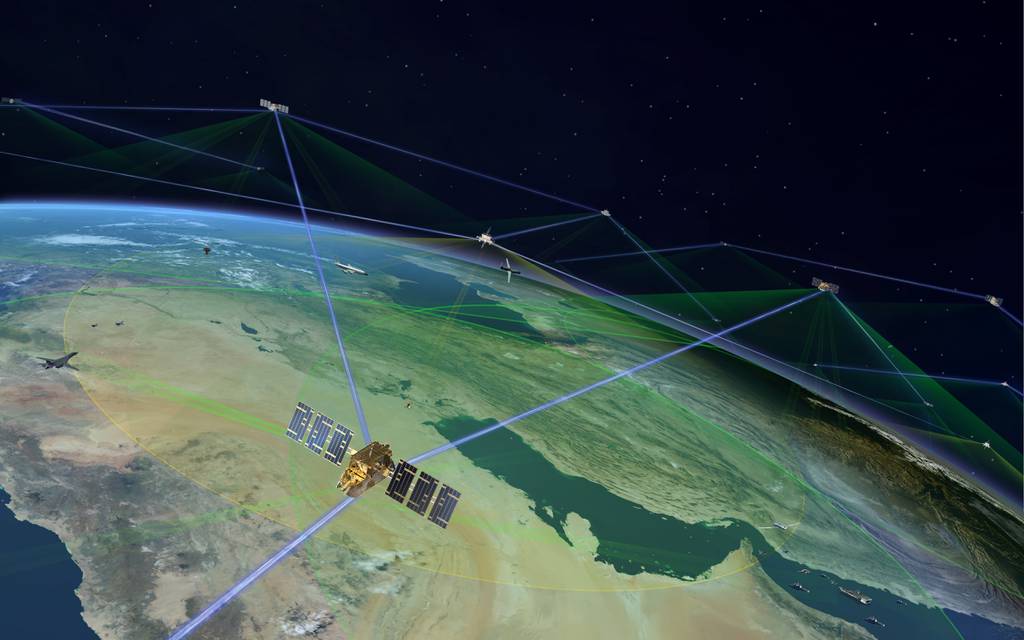WASHINGTON — The Space Development Agency awarded York Space Systems a $615 million contract to build 62 communication satellites for the agency’s space-based data transport constellation.
The satellites will make up a portion of what SDA calls its Tranche 2 Transport Layer Alpha spacecraft, which will provide a communication network in low Earth orbit, about 1,200 miles above the planet’s surface. That interconnected constellation will provide global connectivity for military users.
The contract includes an “on-time delivery incentive,” SDA spokeswoman Jenn Elzea told C4ISRNET Oct. 20. The agency plans to issue at least one more contract as part of this layer of transport satellites, which will include approximately 100 space vehicles, according to a draft solicitation released in June.
To date, SDA has ordered 126 transport satellites from York, a Denver-based satellite manufacturer. The company delivered 10 satellites for the agency’s Tranche 0 capability — which launched in April and September — and is building 42 more for Tranche 1, which will launch next year. York is also developing 12 experimental spacecraft slated to lift off in 2025.
The Defense Department established SDA in 2019 to build a proliferated constellation of low Earth orbit transport and missile tracking satellites on rapid timelines, augmenting constellations of large spacecraft with hundreds of small, relatively low-cost satellites. While it traditionally takes DoD five to 10 years to develop and field a satellites, SDA aims to condense that timeline to about two years and upgrade the technology on a regular cadence.
Tranche 2, slated to begin launching in 2026, will include nearly 300 satellites. Those systems will bring new capabilities to the fleet, including networking and data routing, navigation technologies and optical communication terminals that use lasers to transmit data between spacecraft.
Along with the Alpha variant, the agency will field Beta- and Gamma-class satellites, each of which will includes slightly different capabilities. SDA in August awarded contracts to Lockheed Martin and Northrop Grumman to each build 36 Beta satellites.
Speaking Oct. 19 at a Space Industry Day event, SDA program manager Lt. Col. Tim Trimailo said that as the agency grows its constellation, it needs to ensure satellites with different capabilities can communicate and operate seamlessly.
“These aren’t stovepiped programs that are just executing on their own,” he said. “We actually have to make sure that when we field [Tranche 2] starting in 2026, that it is compatible and interoperable with Tranche 1.”
Courtney Albon is C4ISRNET’s space and emerging technology reporter. She has covered the U.S. military since 2012, with a focus on the Air Force and Space Force. She has reported on some of the Defense Department’s most significant acquisition, budget and policy challenges.








